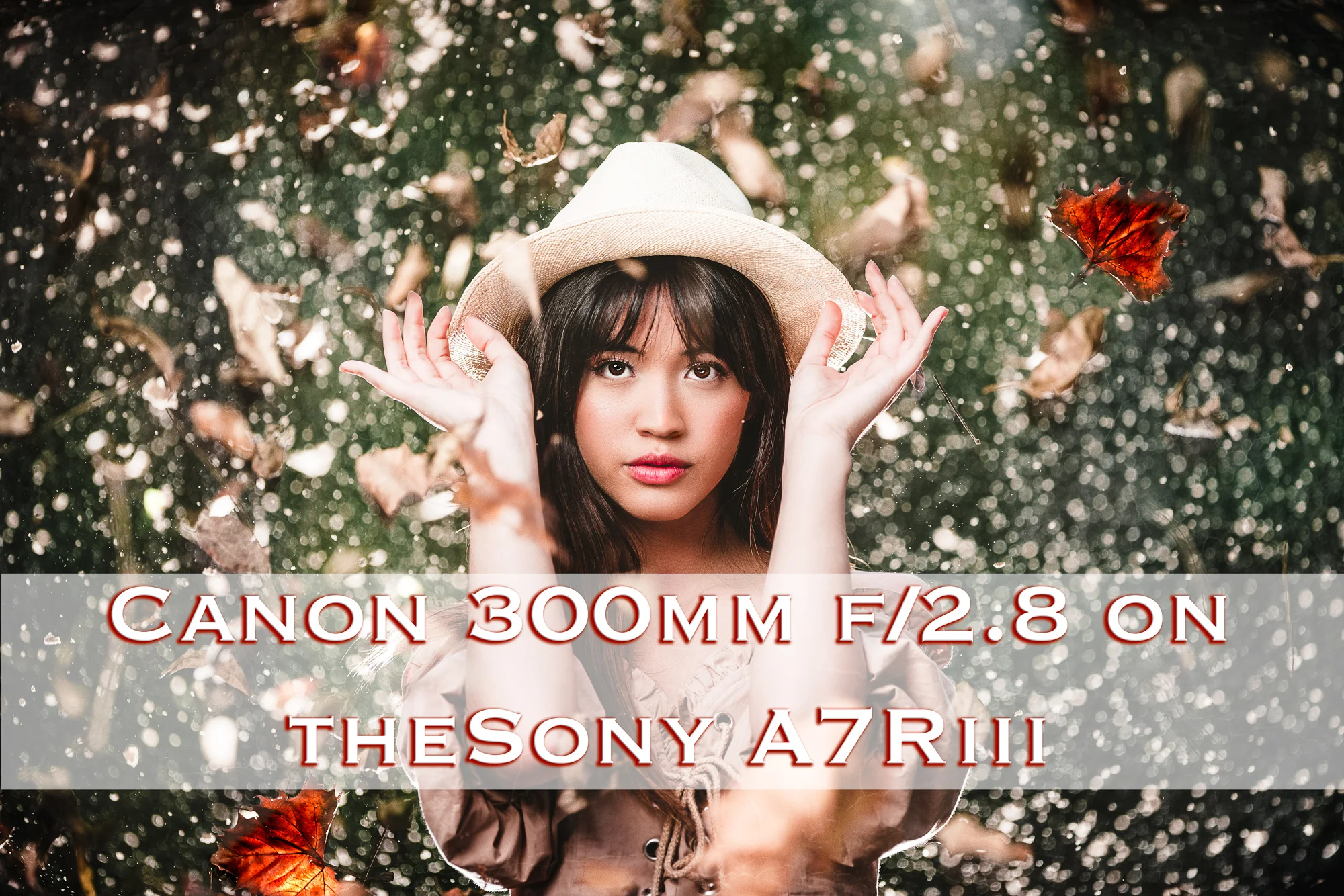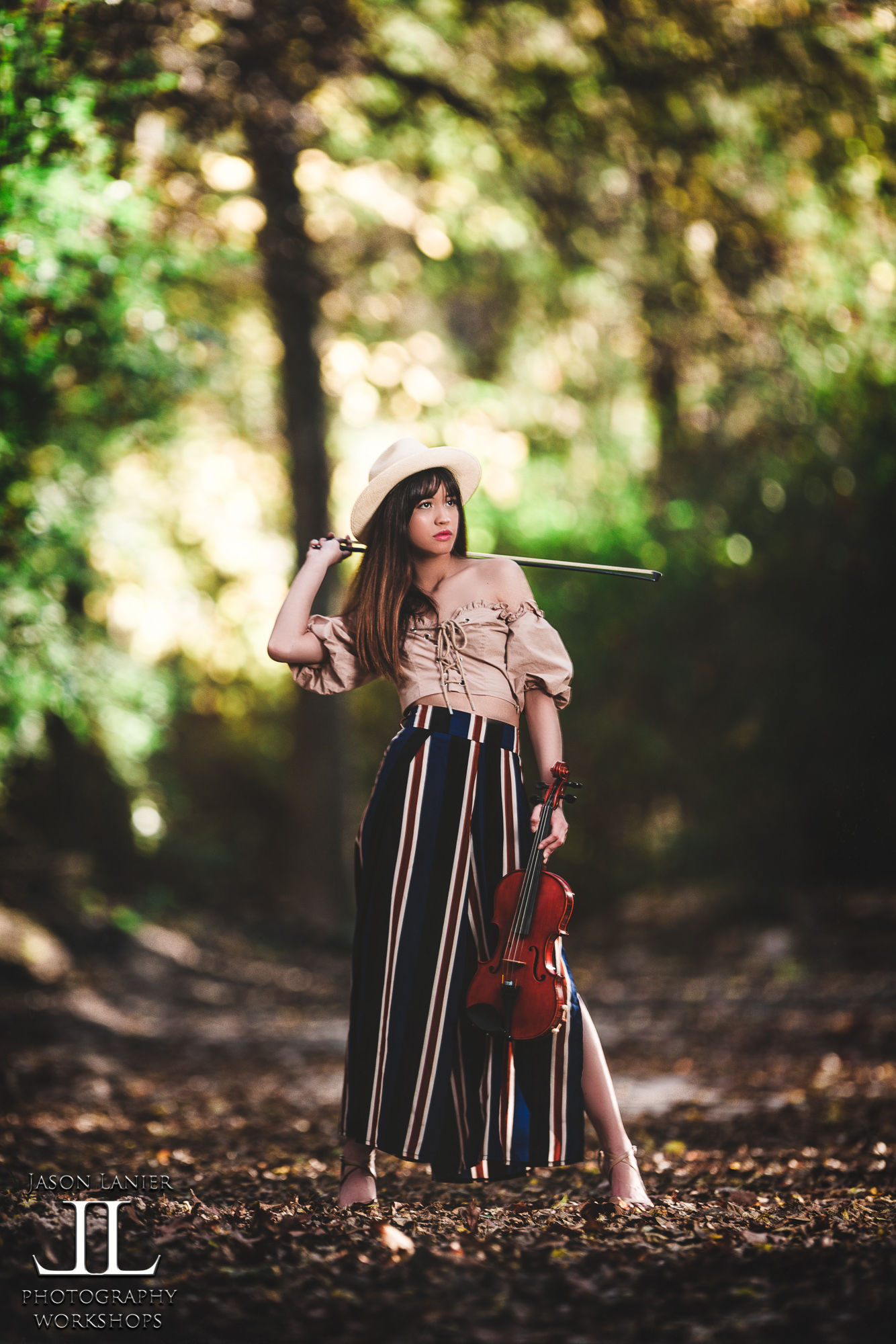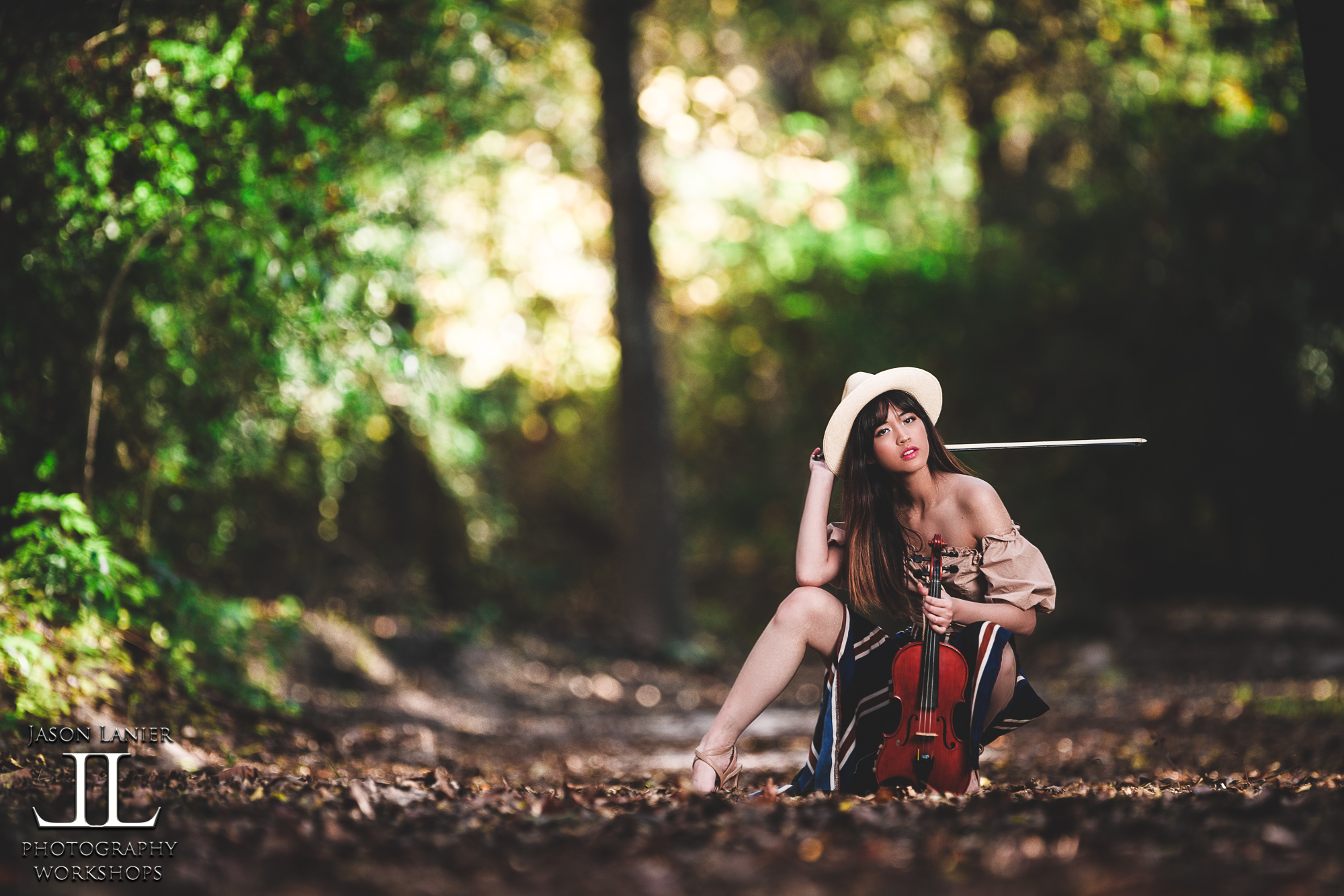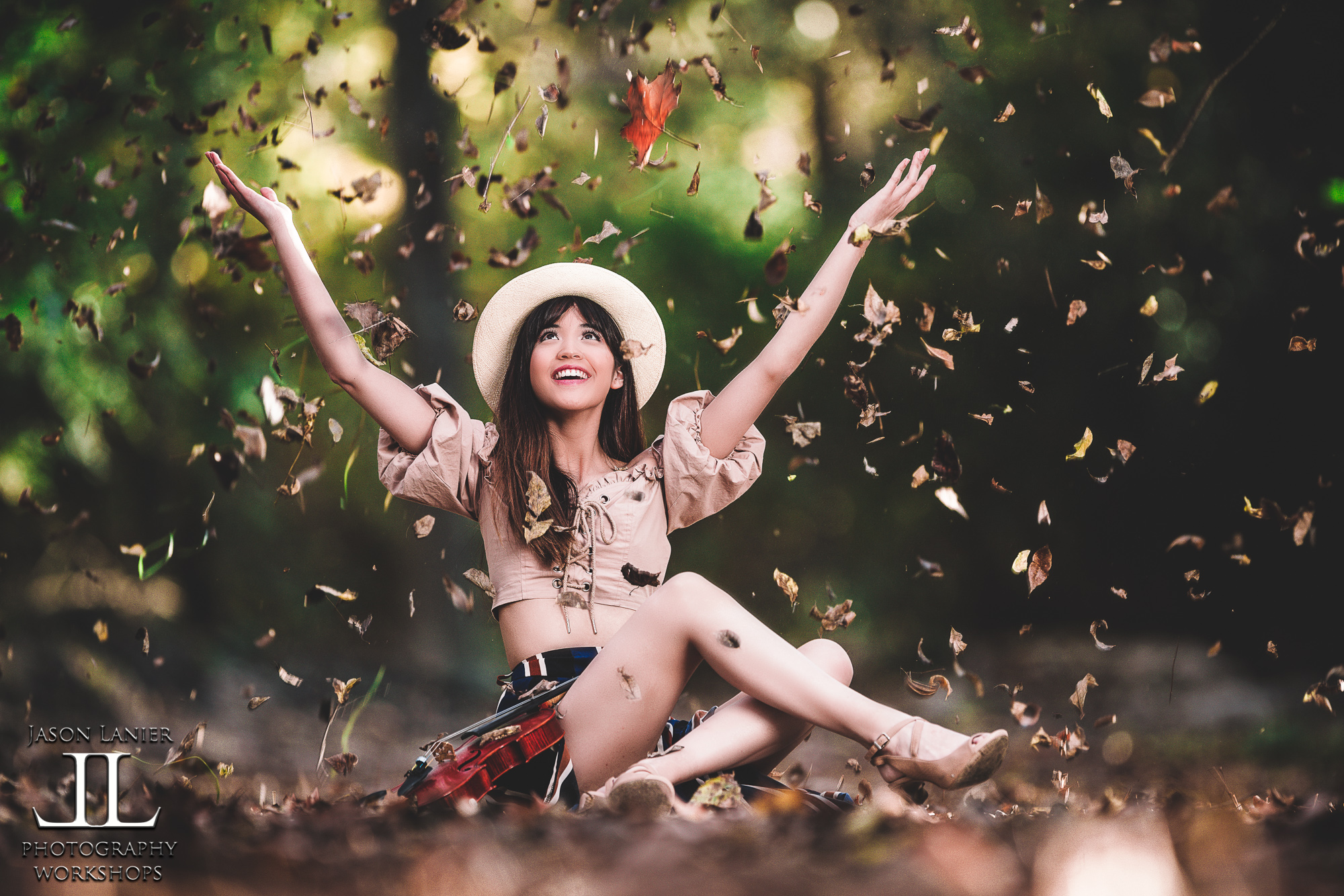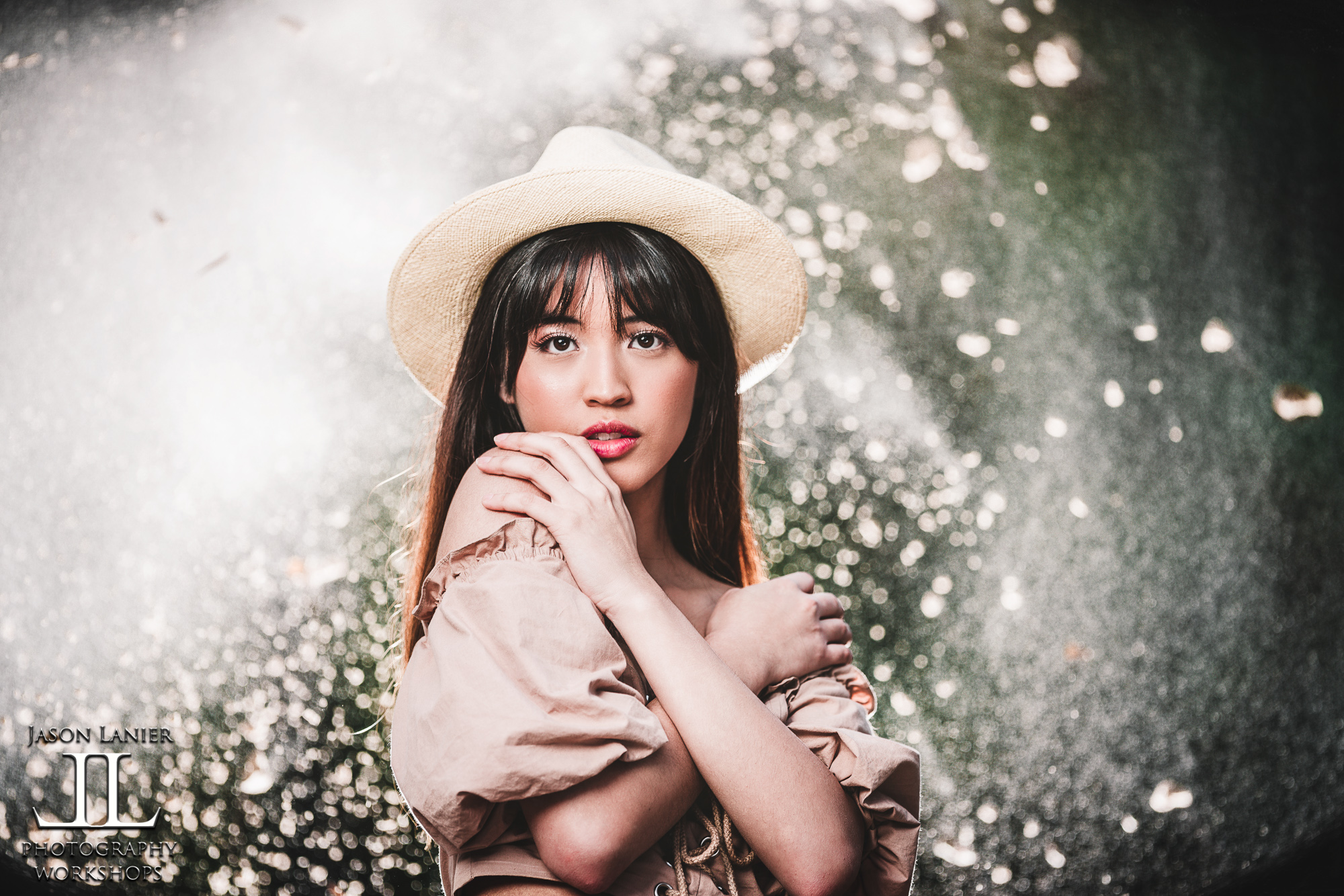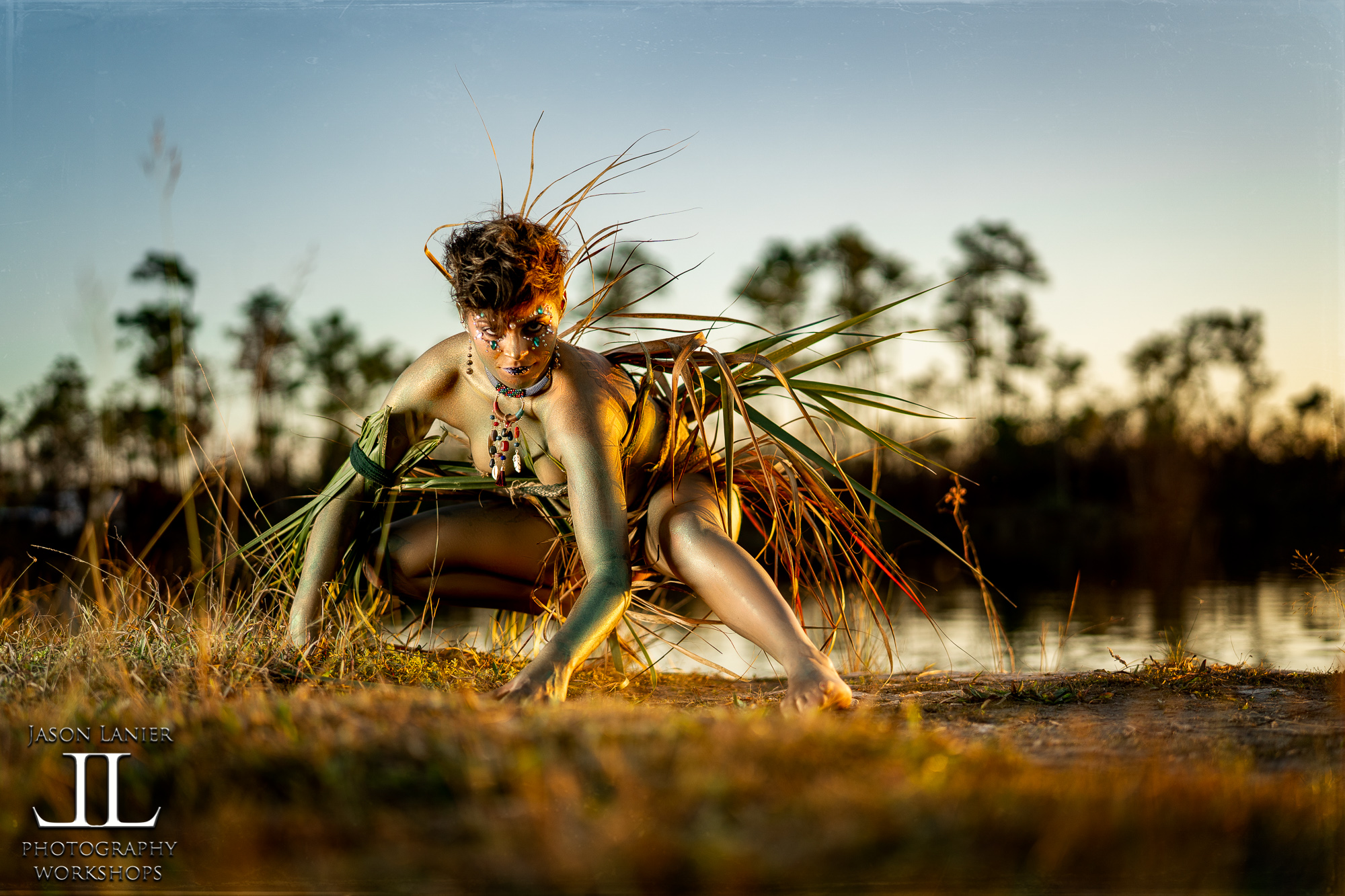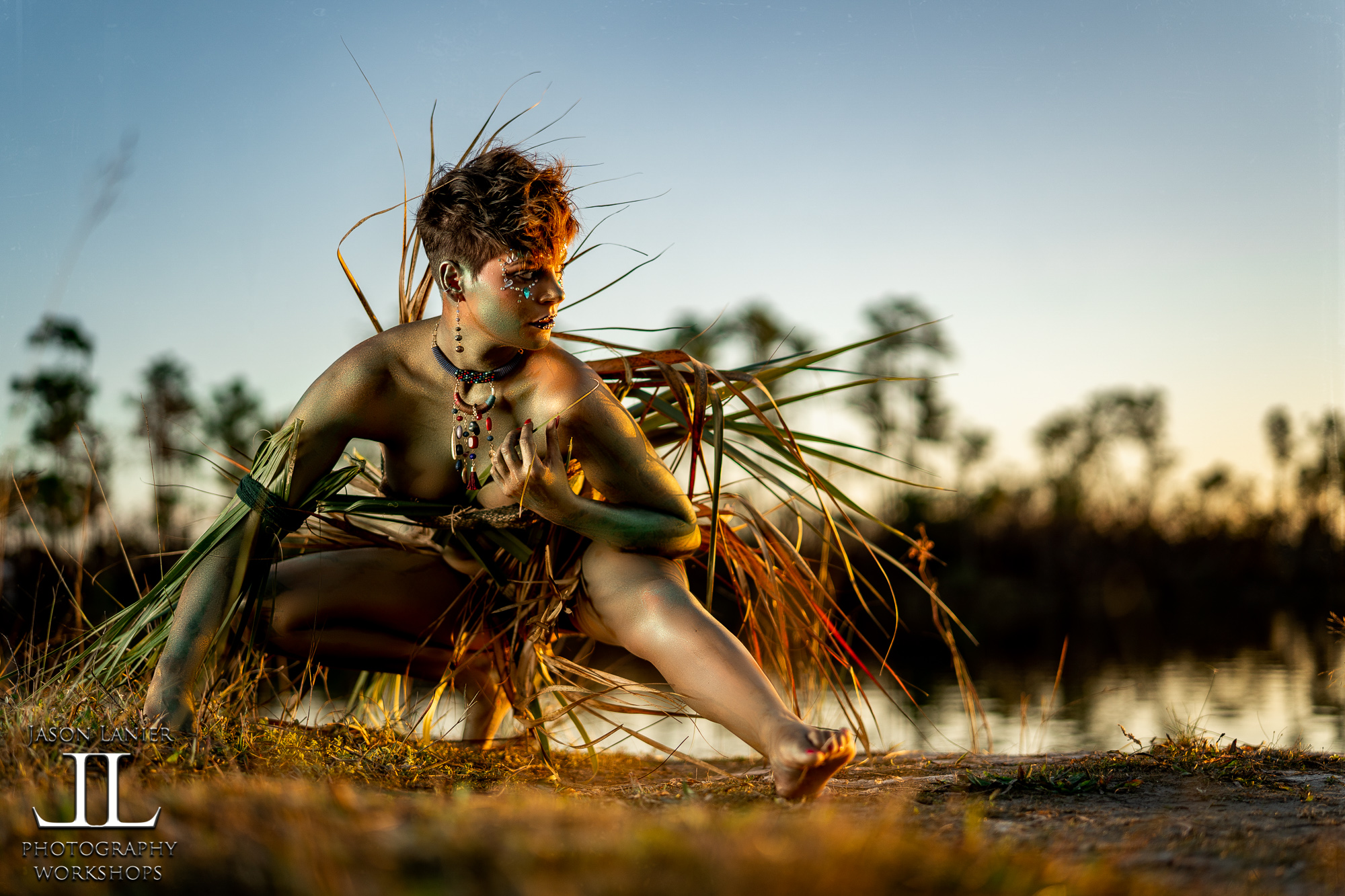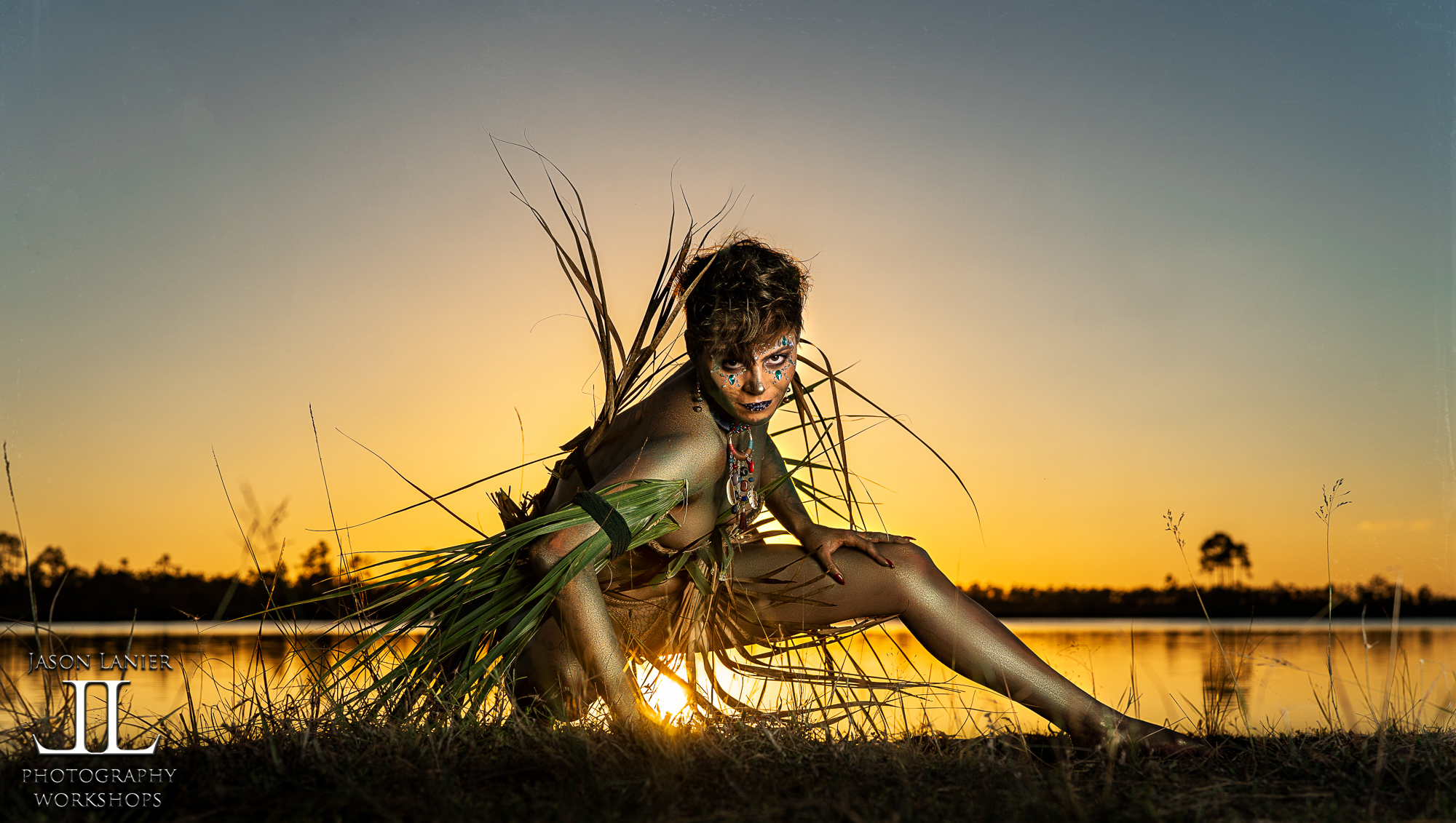Join Jason Lanier and Emily Rinaldo at an abandoned sugar mill used in scenes from Fast & Furious: Hobbs and Shaw. In this post, Jason completes a five-minute challenge using the Sony A7Riii, Godox AD 600 Pro, and 48” Westcott Rapidbox XXL with a little out of the box thinking approach!! Tune in to see what Jason does and let us know what you think in the comments below. Thanks for watching.
Viewing entries tagged
westcott rapid box xxl
WOW! This was a FUN SHOOT! While I usually spend the vast majority of my time teaching and not shooting at my workshops, I’ve learned to do a demo shoot at every workshop to help my students understand exactly what I’m teaching. I’ve also received feedback over the years that for some of my students who are visual learners, the demo session of the workshop is invaluable to their learning experience.
The other thing that’s so much fun at my workshops is when I have fellow photographers who are attending bring lenses that I haven’t had the chance to use before. At my Houston workshop in December 2018 a photographer named Jose brought the Canon 300mm f/2.8. I was thrilled to be able to borrow it and see how it worked with my Sony A7Riii using the Metabones Mark 5 Adapter.
As an early adopter to the Sony Mirrorless system, I am very accustomed to using Canon lenses on my Sony bodies to be able to supplement the Sony lens lineup that was lacking when I first switched over. I currently own 7 Canon L lenses and have used the 400mm f/2.8 and the Canon 200mm f/1.8 on my Sony bodies….BUT, the 300mm f/2.8 was one I hadn’t gotten my hands on yet.
Until Houston.
Jose was so kind to let me borrow the lens and his Metabones Mark 5 Adapter. In the past I’ve always used the Metabones Mark 4 Adapter or the Sigma MC11 Adapter. To answer the easy question for those reading this and wondering…did I notice a difference using the Metabones Mark 5 over the others? No. So if you’re like me, you don’t need to rush out and spend money on it unless you currently don’t have an adapter.
But, back to the lens.
Yes, it’s heavy.
Yes, it requires an adapter to use.
But yes, it delivers some pretty stellar results. Check out the shots below from the shoot:
As you’ll see when you watch the video I tested this lens in a variety of ways. First I shot with it just doing portraits as most people would use it.
Then I decided to up the ante and added the Westcott Eyelighter to the equation with the Godox AD600 Pro light that I was using inside of the Westcott Rapid Box XXL.
And THEN I decided to add some ambience to the background of the shots by asking the photographers there to throw sand and leaves behind the model (@macanoniii). You’ll also see that I added a rim light to the back of the shot by having a photographer hold the light behind the model to illuminate not just the model, but also all of the particles flying in the air.
Throughout the shoot I used different focusing modes to be able to adequately acquire focus. Did the lens acquire focus as fast and reliably as using the Sony 400mm f/2.8 lens? No. It didn’t.
Is it more than usable in most circumstances if you have the lens and want to use it on a Sony? Yes.
I switched to manual focus and had the lens situated on my model for the last set of shots when a lot of stuff was flying in the air because I didn’t want the lens to hunt for focus and miss the eyes of my subject.
I hope this helps!
If you have any questions about the lens or how it performed make sure to notate it in the comment section below.
Thanks again for being here and if you like what you see, make sure to check out some more of our posts and videos!
If you’d like to join us at a workshop please visit www.jasonlanier.com/register.
We also do a podcast called Jason Lanier Unfiltered that you can find on iTunes, Spotify and more.
Thanks again for stopping by!
Jason
Most experienced photographers know that when you use artificial light you should place it above your subject. That’s because when you do so, you are creating a lighting pattern that casts shadows down on your subject.
But there is a lighting technique called Feathering Light. That technique is utilized by having the edges of your light paint light onto your subject. This is done to minimize the effect of using light with your subject and even more importantly on the canvas of your image.
For example, if you want to do a shoot and don’t want there to be light spill or shadows on the ground coming from the flash, you would feather the light. This technique can also include facing the light up or even placing it on the ground so the light is shooting up.
Check out the video above of the shoot that I did in the Everglades which shows exactly what I’m talking about. This was a crazy shoot with my Model Emily who painted herself up and used palm fronds on the ground to create an amazing outfit.
This was done using the Godox AD 600 Pro flash inside of the Westcott Rapid Box XXL modifier with three layers of diffusion; the deflector plate, the inner baffle and outer sock.
As you’ll see in the video I use the edges of the light modifier to cast light onto Emily vs. what I’d normally do which is use the center of the light source. Below are the resulting images from the shoot. I’m breaking them into categories based upon the lens used.
Shots using the Sony Zeiss 50mm:
Shots using the Sony G 12-24mm lens:
Shots using the Sony Zeiss 35mm:
I really hope this helps some of you out there to explore some alternative ways of lighting. The pros to lighting like this include creating some dynamic shots in a way that allows your ground area to remain dark. The cons are that you have to be careful of where and how your shadows fall on your subject.
Immediately following this shoot we did a live video blog/podcast. To check that out click below:
Thanks for visiting my blog. I really appreciate your support and thank you in advance for your comments and for sharing the content with someone you think can benefit from it. To learn more with us online please visit www.patreon.com/jasonlanierphotography.
To learn with us in person please visit www.jasonlanier.com/register.
We’ll see you soon!
Thanks,
Jason


